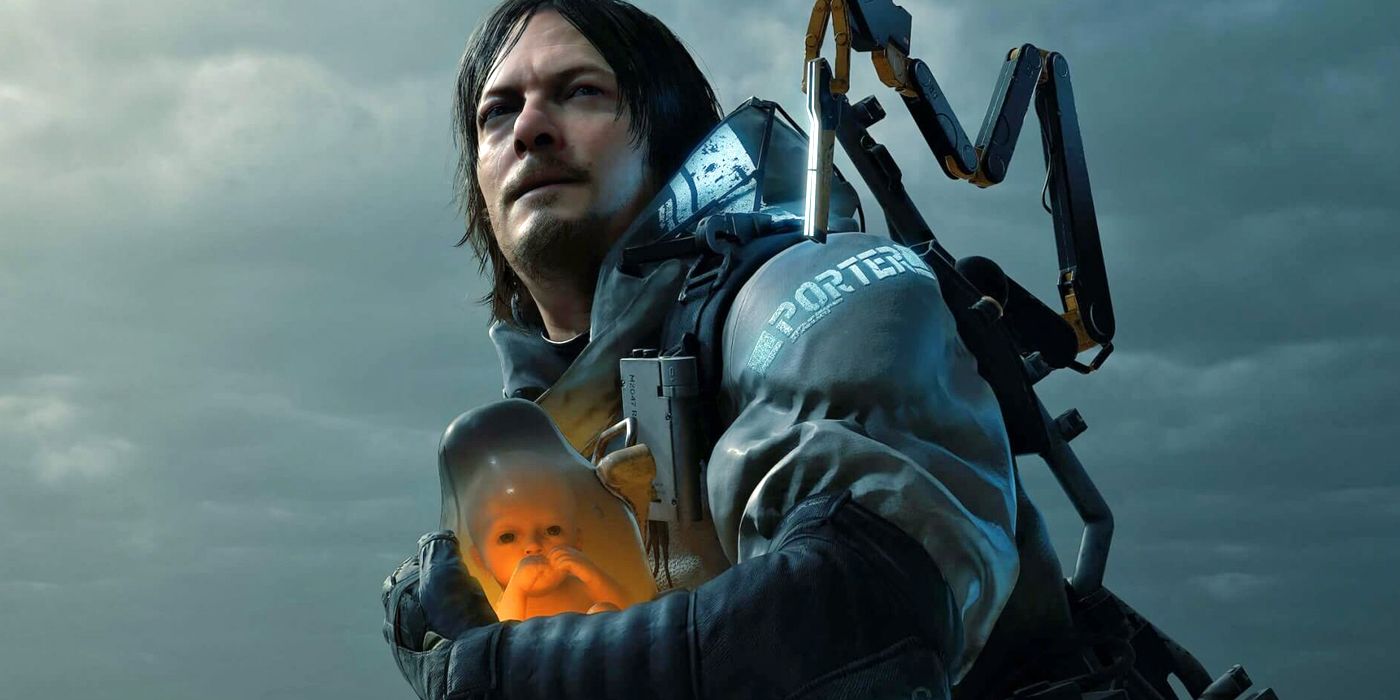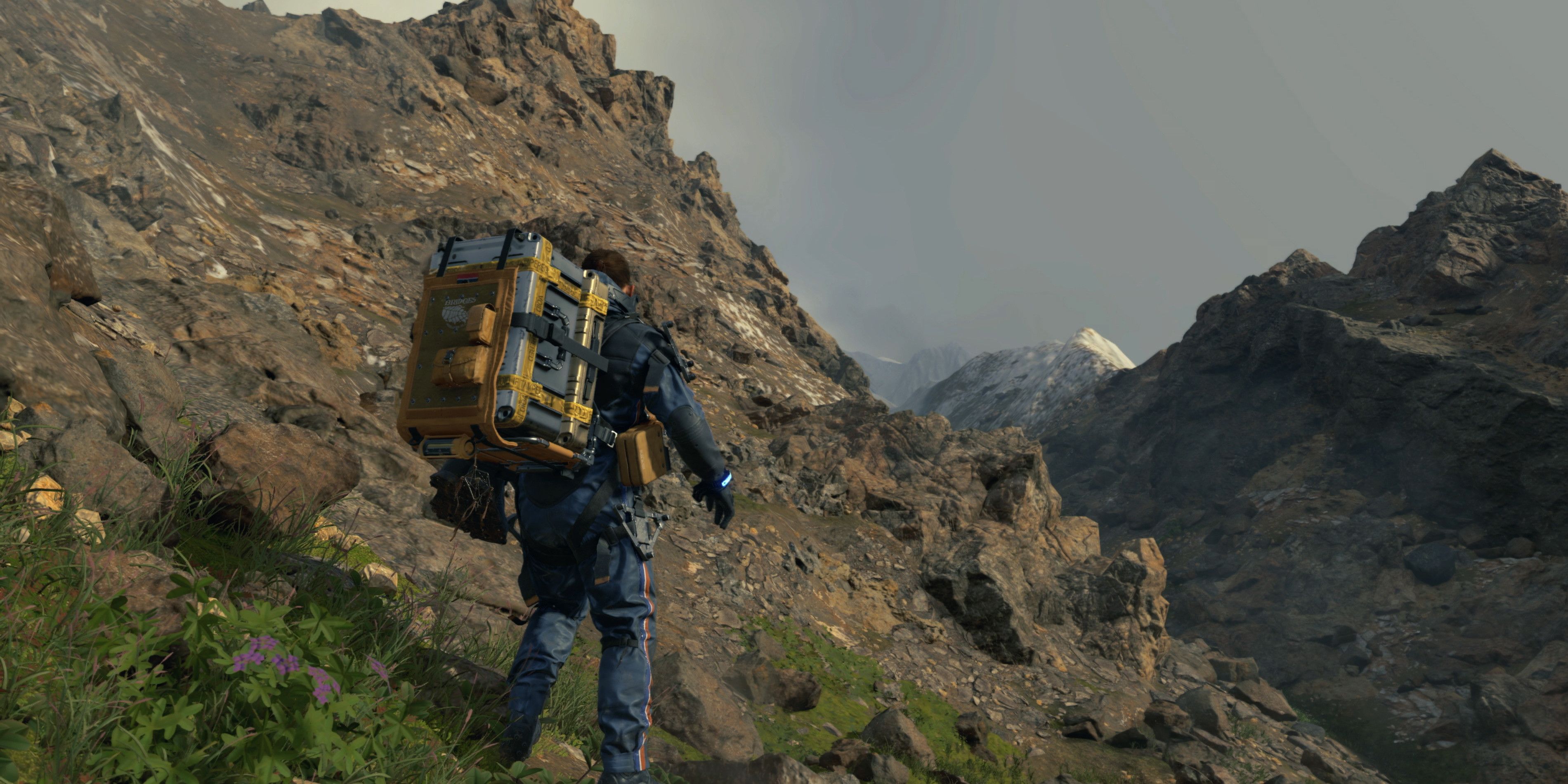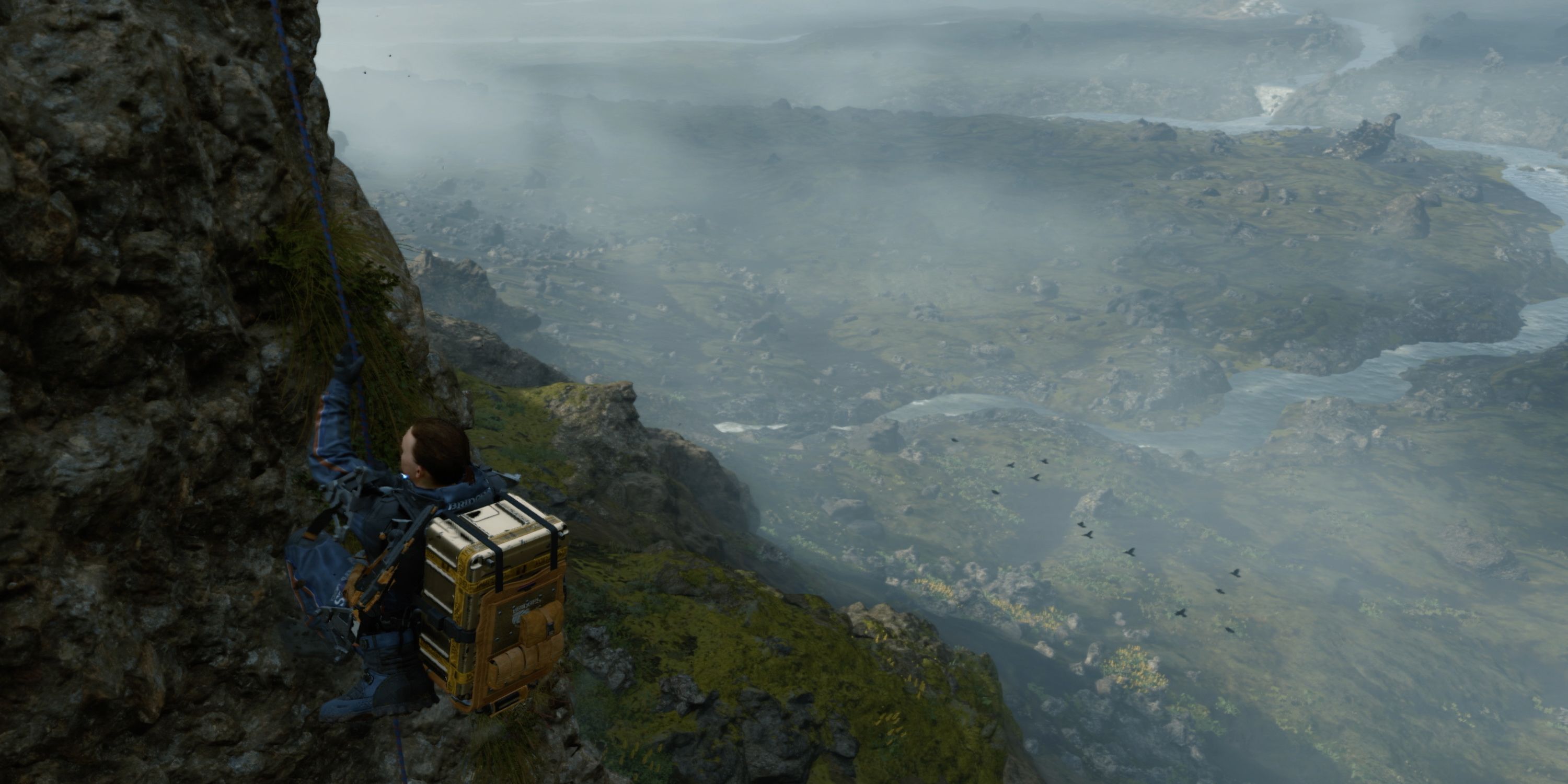Last year's Death Stranding was a milestone for game developer Hideo Kojima, known as the creator and director of the Metal Gear series. After leaving Konami under tense circumstances, Kojima and his new studio got to work on his first non-Metal Gear title in decades. The result was Death Stranding, a game that focuses on traversing a post-apocalyptic world in order to deliver packages and reconnect the United States.
Death Stranding was divisive upon release, with some critics referring to it as a boring "walking simulator" with a silly narrative, while some fans applauded its unique gameplay and high-concept sci-fi story. However, the game coming to PC on July 14, a new wave of players will be experiencing the game for the very first time. With the state of the world still affected by the coronavirus pandemic, it is likely that Death Stranding will resonate with new players in a different way than those who played it last year.
Death Stranding takes place in the United States after an apocalyptic event destroys the country's geography and infrastructure. Roaming creatures called Beached Things trigger explosions when they kill and eat humans, and a deadly rain called Timefall rapidly ages whatever it touches. In order to survive, the country's survivors confine themselves to underground cities and personal bunkers, which together form the new United Cities of America. These survivors are quarantined inside, refusing to leave their shelter and using hologram technology to communicate with those on the outside. They rely on Porters, specialized deliveryman such as the game's protagonist, Sam Bridges, to bring them supplies and reconnect them to the Internet.
This self-enforced quarantine in Death Stranding is remarkably similar to real-world events occurring as a result of the COVID-19 pandemic. Many people have spent much the past few months at home, with businesses closing their doors and daily life effectively shutting down for some time. Like the underground survivors in Kojima's sci-fi world, people began to rely on others to bring them food, medicine and other essential items.
Like the Porters in-game, real-world delivery workers were soon lauded as heroes by those unable to leave their homes. The Internet also became an even more essential part of daily life, as those who are able to do so have been working from home to avoid outside contact. This is similar to the way that Sam Bridges connects each new bunker to the Chiral Network in Death Stranding, which allows the segregated survivors to begin connecting and cooperating once again.
While quarantines and other restrictions have been starting to ease up in recent weeks, social distancing is still very much in effect. Most people wear masks when entering a home or business, and many are staying away from strangers and loved ones to prevent the spread of COVID-19. This fear of physical contact, while completely justified in the real world, is similar to Sam Bridges' aphenphosmphobia in Death Stranding. This very real phobia makes Sam irrationally afraid of both physical contact and emotional bonds, meaning he avoids intimacy. This fear of close contact may have felt bizarre to gamers last year, but more people can certainly relate to it now.
While these similarities between Death Stranding and our world may seem bleak, there are lessons to be learned from the game's narrative. The game makes it clear that it is possible to forge social connections, and even friendships, without physical contact. The Internet is an invaluable tool in this regard, but giving gifts is another good way. With the game launching to a wider audience this month, players are likely to find these themes more relevant than they've ever been before, which may help them to view the game in a different light.



